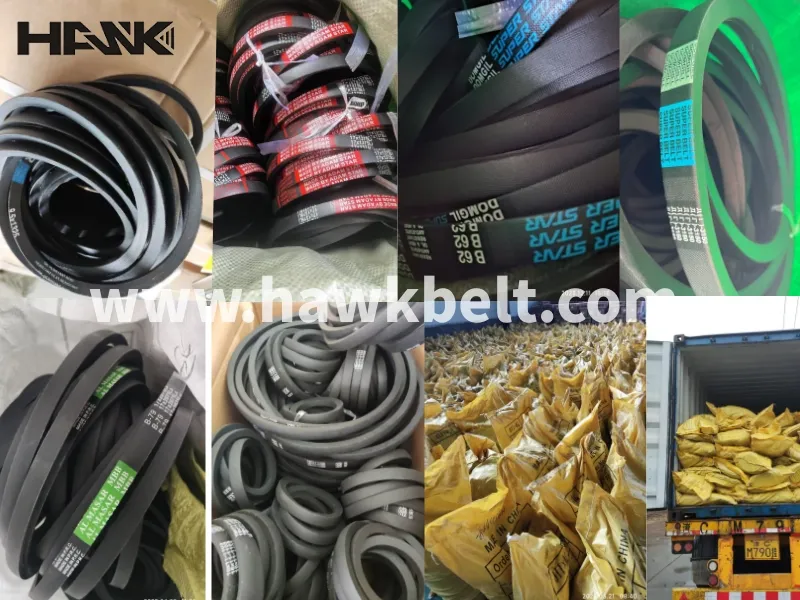- Arabic
- French
- Russian
- Spanish
- Portuguese
- Turkish
- Armenian
- English
- Albanian
- Amharic
- Azerbaijani
- Basque
- Belarusian
- Bengali
- Bosnian
- Bulgarian
- Catalan
- Cebuano
- Corsican
- Croatian
- Czech
- Danish
- Dutch
- Afrikaans
- Esperanto
- Estonian
- Finnish
- Frisian
- Galician
- Georgian
- German
- Greek
- Gujarati
- Haitian Creole
- hausa
- hawaiian
- Hebrew
- Hindi
- Miao
- Hungarian
- Icelandic
- igbo
- Indonesian
- irish
- Italian
- Japanese
- Javanese
- Kannada
- kazakh
- Khmer
- Rwandese
- Korean
- Kurdish
- Kyrgyz
- Lao
- Latin
- Latvian
- Lithuanian
- Luxembourgish
- Macedonian
- Malgashi
- Malay
- Malayalam
- Maltese
- Maori
- Marathi
- Mongolian
- Myanmar
- Nepali
- Norwegian
- Norwegian
- Occitan
- Pashto
- Persian
- Polish
- Punjabi
- Romanian
- Samoan
- Scottish Gaelic
- Serbian
- Sesotho
- Shona
- Sindhi
- Sinhala
- Slovak
- Slovenian
- Somali
- Sundanese
- Swahili
- Swedish
- Tagalog
- Tajik
- Tamil
- Tatar
- Telugu
- Thai
- Turkmen
- Ukrainian
- Urdu
- Uighur
- Uzbek
- Vietnamese
- Welsh
- Bantu
- Yiddish
- Yoruba
- Zulu
Nën . 16, 2024 16:45 Back to list
variable speed v belt pulley
Understanding Variable Speed and V-Belt Pulleys Enhancing Efficiency in Mechanical Systems
In the realm of mechanical engineering, the configuration and efficiency of power transmission systems play a critical role in the performance of machinery. One of the pivotal components in such systems is the V-belt and pulley mechanism, which is often utilized to transmit power between rotating shafts. A significant advancement in this technology is the incorporation of variable speed drives, which allow for the adjustment of the rotational speed and torque to meet varying operational demands. This article delves into the mechanics of variable speed V-belt pulleys, their applications, advantages, and the underlying principles that govern their operation.
Basic Principles of V-Belt and Pulley Systems
To understand variable speed V-belt pulleys, it's essential first to grasp the basics of the V-belt system. A V-belt is a type of flexible belt with a cross-sectional shape resembling a trapezoid. This design allows the belt to fit snugly into the groove of a pulley, resulting in effective power transmission with minimal slippage. The pulleys, usually made of metal or plastic, rotate around a fixed axis and either drive or receive power from an attached shaft.
The speed of the driven shaft depends on the diameters of the pulleys and the ratio between their sizes. Traditionally, if a larger pulley drives a smaller one, the driven shaft will rotate faster. However, fixed-speed systems can limit adaptability, particularly in applications requiring varying speeds for optimum performance.
The Concept of Variable Speed Drives
Variable speed drives (VSDs) enable the modification of motor speed and torque on demand, providing significant advantages in terms of energy efficiency and operational flexibility. By employing adjustable pulleys or a system of pulleys, these drives can alter the speed of the output shaft without requiring mechanical changes to the setup.
One common method for achieving variable speed is through the use of adjustable diameter pulleys, often referred to as variable-diameter pulleys. In these systems, the pulley can change its effective diameter either manually or automatically, depending on the design. As the diameter increases, the output speed decreases, and vice versa, allowing for greater versatility in operation.
Advantages of Variable Speed V-Belt Pulleys
variable speed v belt pulley

The implementation of variable speed V-belt pulleys brings numerous benefits across various industries
. Some of the key advantages include1. Energy Efficiency By adjusting speed to match load requirements, variable speed systems minimize energy waste during operation. This is particularly beneficial in applications where loads fluctuate or are not constant.
2. Operational Flexibility Variable speed V-belt pulleys provide the ability to modify machine speeds for different tasks without needing to switch out components. This adaptability is critical in manufacturing processes that require rapid changes in operation.
3. Reduced Wear and Tear By operating at optimal speeds, systems experience less mechanical stress, resulting in lower maintenance costs and extended lifespans for both belts and pulleys.
4. Improved Process Control The ability to precisely control speed translates to better process management, leading to higher quality outputs and reduced production times.
Applications of Variable Speed V-Belt Pulleys
Variable speed V-belt pulleys find applications in a wide range of industries, including manufacturing, HVAC systems, agriculture, and automotive. In manufacturing, for example, they are employed in conveyor systems where load conditions vary significantly. In HVAC, variable speed drives allow fans and pumps to operate more efficiently, adjusting their speed in response to real-time demands.
In conclusion, the integration of variable speed functionality in V-belt pulley systems exemplifies the continuous evolution of mechanical engineering towards more efficient and adaptable solutions. The ability to modify speed on-the-fly maximizes efficiency, reduces operational costs, and enhances overall productivity. As industries continue to prioritize sustainability and efficiency, understanding the significance and application of variable speed V-belt pulleys will remain central to technological advancements.
-
Korean Auto Parts Timing Belt 24312-37500 For Hyundai/Kia
NewsMar.07,2025
-
7PK2300 90916-T2024 RIBBED BELT POLY V BELT PK BELT
NewsMar.07,2025
-
Chinese Auto Belt Factory 310-2M-22 For BMW/Mercedes-Benz
NewsMar.07,2025
-
Chinese Auto Belt Factory 310-2M-22 For BMW/Mercedes-Benz
NewsMar.07,2025
-
90916-02660 PK Belt 6PK1680 For Toyota
NewsMar.07,2025
-
drive belt serpentine belt
NewsMar.07,2025

